
Developer: Square Enix, Sonic Powered
Publisher: Square Enix
Platform: PC, iOS, Android, Switch, PS4
Tested on: Switch
Actraiser Renaissance – Review
Back in 1990 when Square Enix was still known as Enix, Actraiser saw the light on the Super Famicom in Japan. The game proved to be a success, as in 1991 and 1993 the game was released in the United States and Europe respectively. Actraiser combined two elements that were never truly combined before, namely city-building components with action platforming segments. Overall, at that time, the game received good reviews and a sequel was released several years after the original. Sadly, the second installment got rid of the city-building component and went for a full-action platformer format. This made it a somewhat run-of-the-mill type of game, and the series basically stopped after that. Where the first game received a few virtual console releases, the second game was an obscure title that only lingered in the back of the heads of those who played it upon release. Now, yet again, the first game is receiving a lot of love with a proper remaster, not only making the game ready for the next generation, but also adding hours of content to the mix, making this more a remake than a so-called remaster.
Story
In Actraiser Renaissance you’ll be playing as the Lord of Light, a mysterious deity that has been watching over humankind. Nonetheless, it seems you have been gone for quite some time, and the world is in shambles. Evil monsters roam the lands, and it seems your divine intervention is needed to save the world. Sadly, you cannot intervene at will, and you’ll need your followers to worship you in order to gain strength. You’ll go from one region to another, where you’ll meet different champions and residents of local settlements, which either communicate directly with your angelic emissary, or via prayer. The latter is commonly done by the normal populace, while the champions are graced by the presence of your divine underling. Even though your angelic compatriot oversees day-to-day activities, you will find yourself able to possess a statue when enough power is amassed, allowing you to battle the bigger monsters to protect humanity.
The story is quite simple, as it is a simple case of good versus evil, but we did very much enjoy the build-up and the added character interactions that were not present in the original. The pacing feels just about right, we only felt that our city-building experience was interrupted a lot by short dialogues, which always triggered a short loading screen.
Graphics
As the game is a remaster, the developers clearly worked with the old-school foundation of the original SNES title to create something nostalgia-induced, but also in sync with our modern-day standards. The game has two different portions of gameplay, and these differ in terms of graphics. On one hand, you have the platforming aspect of the game, which now somewhat looks like a spiced-up PS1 game; which we liked a lot. You’ll have the semi-3D sprites that look quite awesome, with the high-res backgrounds completing the overall view. We loved the diversity of the enemies, and the boss battles have never looked this good for this first Actraiser game. On the other hand, there is the city-building portion of the game, which is still presented in a sort of pixelated style, albeit with a lot more details than the original SNES release. The added tower defense components add new sprites and buildings to the mix as well.
Dialogues are done via visual novel-esque dialogue boxes with static backgrounds. Characters aren’t really animated during dialogues, but their visages and poses do shift from time to time, depending on what is said.
Sound
The sound design of the game is top-notch. While the sound effects may be very simplistic, and the lack of voice acting does create a certain void in this remastered version, the musical score is phenomenal. You can choose between the Renaissance version of the soundtrack (which adds new songs to the mix) or the classic version. No matter which of these you pick, the adventurous backdrop is outstanding.
Gameplay
Actraiser Renaissance is a near-perfect blend of three different genres. The original 1990 release combined action platforming and city-building in one game, and it proved to be quite the success. This new reimagining of the game adds a tower defense portion to the mix to spice up the city-building aspect. The game consists of six different chapters in which you battle monsters as a statue-come-to-life at the beginning and the end of a chapter, while building a glorious city in-between. For the most part, all of the game’s components are very simplistically handled, making sure the game is accessible for every type of gamer.
The platforming portion of the game works as you’d expect it: you go through a 2D setting, beating up monsters with either melee attacks or magic spells. At the end of these levels, you’ll have to fight a boss character, which then allows you to progress after you defeat it. The city-building part of the game now also includes a few short 2D platforming levels where you must destroy monster spawners that plague the lands upon which you are building a city. Throughout the standard levels, you’ll be able to collect scrolls that grant permanent bonuses to your statue form.
During the middle portion of a chapter, you’ll be handling the city-building aspect. This part of the game is actually very simple, as you just need to clear obstacles with your miracles (lightning strikes to clear trees, rain to clear sand storms, and so on) and then draw roads in order to allow your devoted followers to start building. What your underlings build is random, as they will construct houses, fields, or workshops. Houses will make your city grow, and fields may spawn HP and Mana regeneration items, while workshops will spawn materials for you to build forts that are used in the tower defense portion of the game. Overall it’s quite easy to manage, but we did enjoy seeing our city grow. The only thing that is quite unclear and a bit annoying is that you have to destroy old buildings with lightning or other miracles, in order to get upgraded buildings. This is not a very precise and convenient system when your civilization level increases and you have to redo parts of your city.
The tower defense addition to the game is a fun gimmick that spices up the city-building aspect of the game. Every once in a while, you’ll have to fend off invading monsters. The invaders’ progress can be halted by your tactically placed forts or defenses, but you’ll also be able to smite the monstrous attackers with your miracles as well as the game’s newly added heroes. These heroes can be freely moved around, to then battle the monsters that try to destroy your city. As the game progresses, you’ll be able to summon heroes from different chapters to aid you in battle. Overall, this section of the game is again presented in a very simplistic fashion, but it is enjoyable nonetheless. The developers did a great job blending all genres together to create an amazingly fun coherent whole.
Conclusion
Actraiser Renaissance is a remaster/remake done right. The developers properly remade the parts that made the original game an absolute marvel, and they fleshed out the game even further to make it a lengthier experience without sacrificing the quality feel of the game. The added tower defense elements spice up the city-building aspect of the game, which makes sure you don’t get bored watching your city grow. We loved the game from start to finish, and, truth be told, we hope a new installment of the series will see the light in the future.
Actraiser Renaissance - Review,
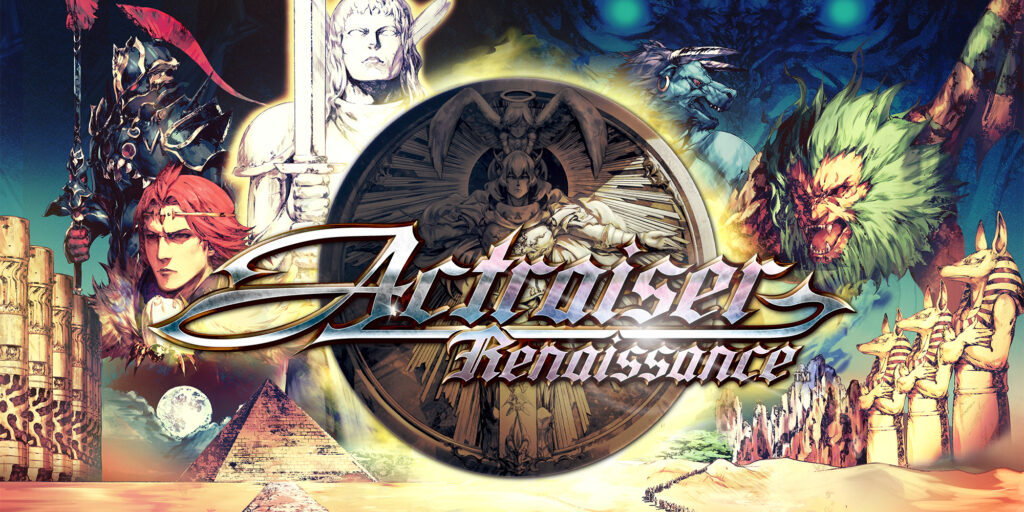
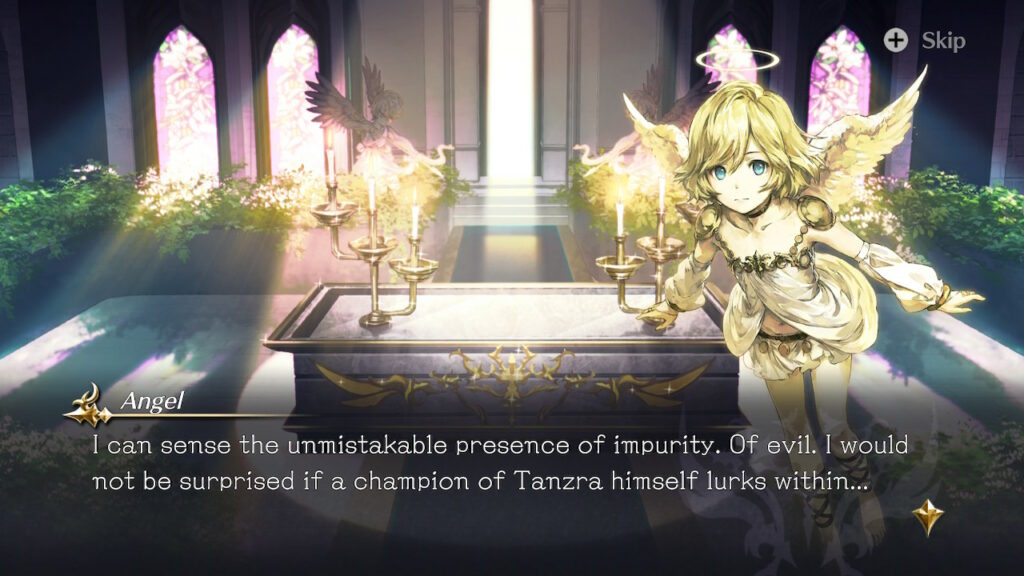
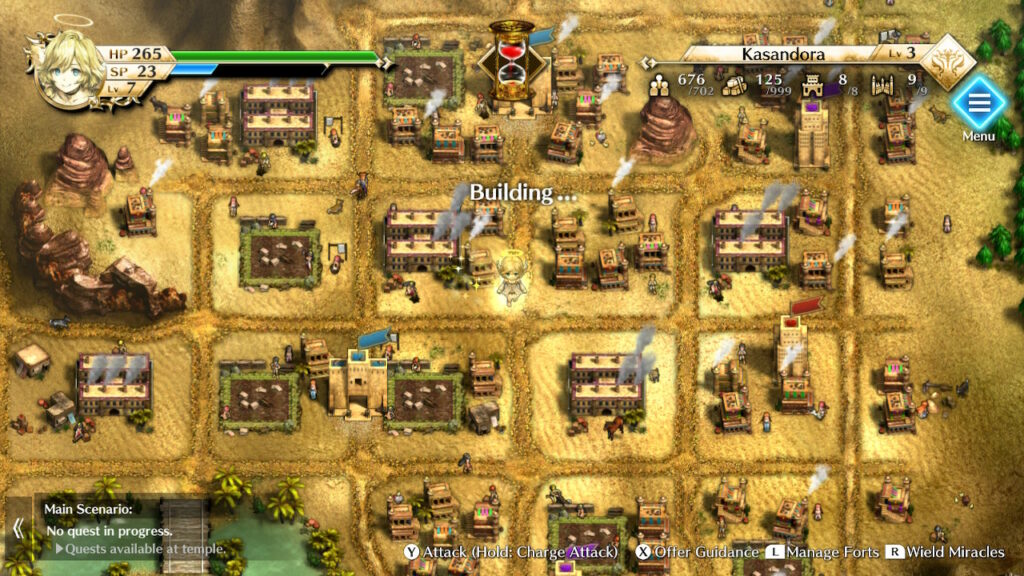
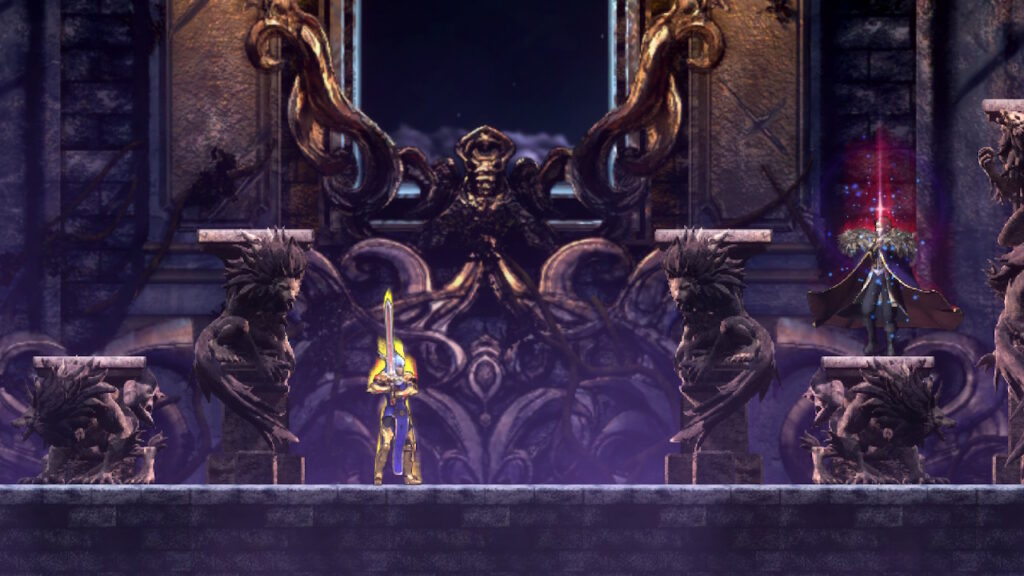
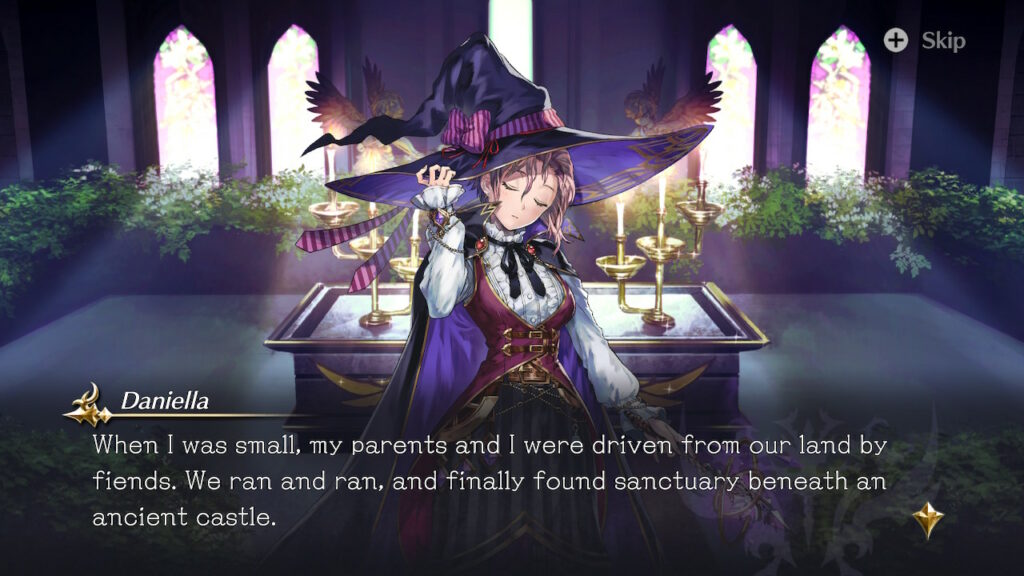
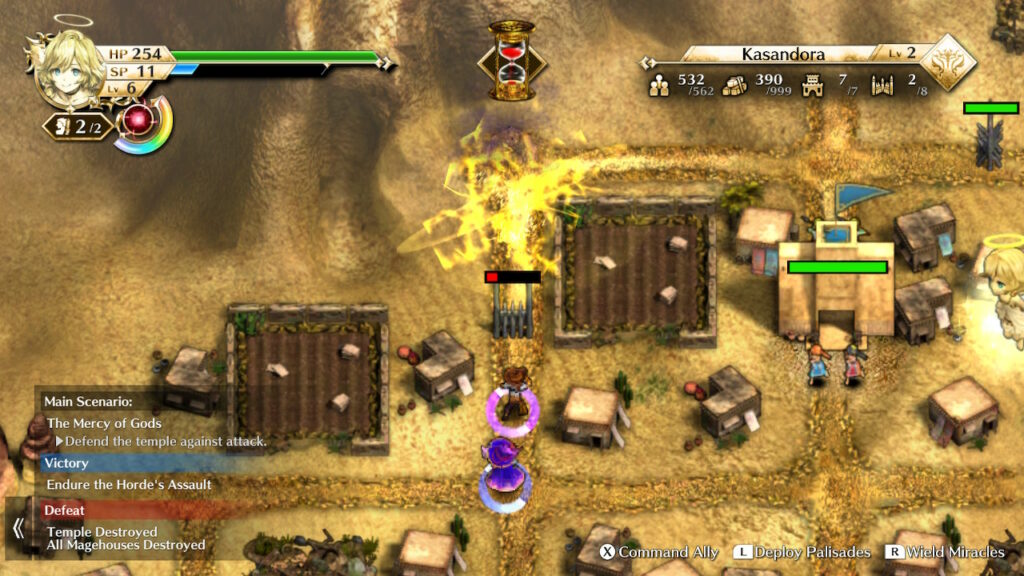




No Comments